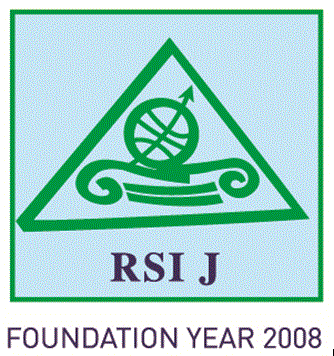Margarita ANGELIDOU
Dr. Architect-Urban Planner, School of Spatial Planning and Development Engineering, Aristotle University of Thessaloniki, Greece
mangel@auth.gr
Christina BALLA
Dipl. Civil Engineer, School of Civil Engineering, Aristotle University of Thessaloniki, Greece
chrimpal@civil.auth.gr
Anna MANOUSARIDOU
Dipl. Civil Engineer, School of Civil Engineering, Aristotle University of Thessaloniki, Greece
annamanous@civil.auth.gr
Stylianos MARMELOUDIS
Dipl. Civil Engineer, School of Civil Engineering, Aristotle University of Thessaloniki, Greece
marmelou@civil.auth.gr
Dimitrios NALMPANTIS
Dr. Civil Engineer, School of Civil Engineering, Aristotle University of Thessaloniki, Greece
dnalba@civil.auth.gr
Abstract
This paper presents a part of ongoing research into the resilience potential of the western coastal front of Thessaloniki, a medium sized city in northern Greece. It aims to assess whether and to what extent the western coastal front of Thessaloniki, Greece, currently a partially developed area, features elements of resilience and what opportunities can be harnessed to this end. We set out by describing the concept of ‘urban resilience’ drawing upon recently published literature. As primary principles of resilience-driven development, we identify (i) the existence of resilience-focused spatial planning attributes (redundancy, modularity, buffering, connectivity, existence of legally binding land-use or zoning plans) (ii) the presence of a highly adaptive urban spatial management mix, (iii) reflectiveness and the ability to learn from past experience and resilience challenges and (iv) civic engagement, largely facilitated by means of smart city applications. We then shift our focus to the characteristics of the study area. In order to investigate the extent to which the identified from the literature factors affecting urban resilience apply in this area, a profiling of the study area is made, followed by an in-depth analysis of whether and how the identified principles of resilience-driven development are realized through the current urban, regional, transportation and environmental planning and management frameworks applicable to the area. We close with highlighting specific aspects of resilience that call for urgent attention and by making comments and recommendations regarding policy integration needs.
Keywords: Urban, Regional, Transport, Environment, Planning, Management
JEL classification: R00, R1, R4, R5, R11, R14, R19, R40, R49, R52, R58
read more
